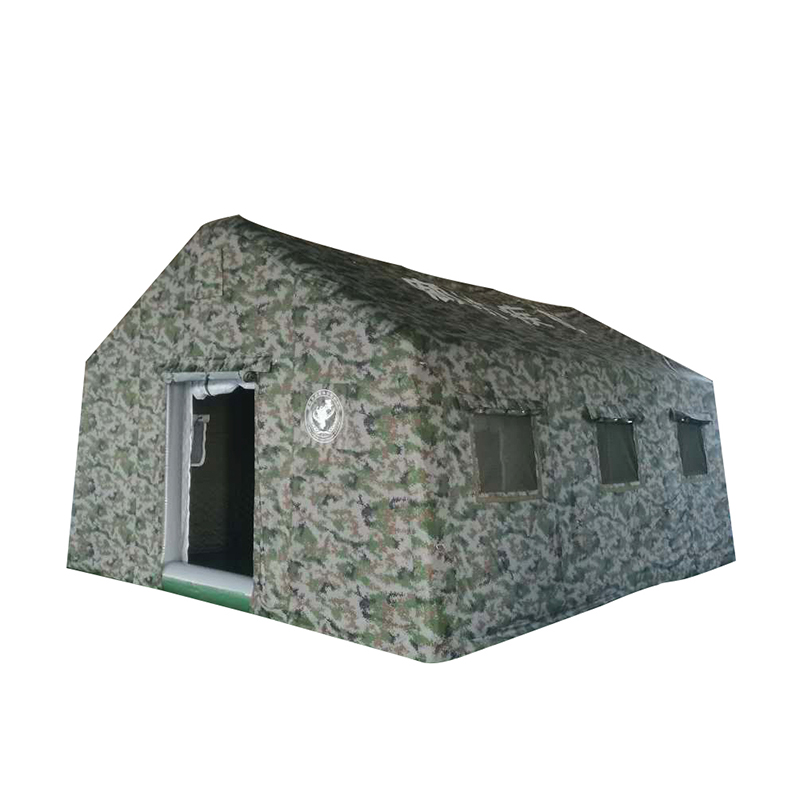Shipping lumber can be a real workout. Not to mention, it’s dangerous work for an inexperienced trucker. Despite its many challenges, transporting lumber is also very important and benefits several companies, especially in the industrial industry. That’s why it’s crucial that your lumber is secure for transport. Delays in shipment or damaged lumber could mean financial ruin for a supply chain. If you’re a trucker who’s interested in making a living transporting wood, you need to know all the ins and outs of the business.
When hauling lumber from a manufacturer or the forest, it’s important to use the right trailer for the job and consider driving safety while on the road. It should also be in good working condition and complies with DOT regulations. Oftentimes, lumber shipments can come in all shapes, sizes, and varying weights. Snow Tarp

Typically, truckers will opt for a standard flatbed trailer to transport wood, given its versatility. Its open construction allows you to load your lumber onto your truck from the sides with a crane or forklift. Some companies that carry flatbed trailers almost always offer tarping services. As any experienced trucker knows, water damage is the worst thing that could happen to your lumber. A flatbed trailer tarp, especially a lumber tarp will prevent any moisture from penetrating your wood. Even better, a flatbed trailer can handle oversized loads, giving truckers the freedom to carry extreme cargo. On top of all the neat features, these trailers come pretty cheap.
Other trailers that haul lumber include dump trailers, lowboy trailers, super B trailers, and even curtain-side trailers. In some cases, smaller stacks of lumber are carried by dry vans. In the end, you want to invest in a trailer that’ll make hauling wood all day seem like a walk in the park.
Properly loading lumber onto your flatbed truck will ensure that you and your cargo arrive in one piece. It’ll even prevent delays in shipment or being yelled at by your boss for not following company policies. Truckers should follow three essential rules for loading and shipping their lumber.
First, stack your tree logs in a pyramid fashion by placing larger pieces at the bottom and short ones at the top. This helps to evenly distribute the weight of your load and promotes stability over your trailer.
Secondly, use the correct tie-down methods, such as ratchet straps, tarps, and corner protectors, to keep your cargo in check. They’ll even keep the police off your tail.
Thirdly, stay safe on the road. Use flags or “oversized load” signs to warn other drivers to keep their distance. The police can pull you over for not following DOT regulations when hauling extreme loads. You’ll be in even more hot water if you don’t have your docket sheet or permit on hand. If you ever find yourself working at a tree logging site, you must know how to properly load and transport lumber. Otherwise, you could face severe consequences for violating DOT regulations.
Speaking of which, proper load securement will ensure that your materials stay safe during shipment. Not to mention, you’ll be protecting other drivers on the road.
As mentioned previously, stack the lumber in a secure manner to prevent it from shifting over your trailer. Start with the longest stack of lumber to the shortest to help maintain a balanced load.
More often than not, your lumber stacks will be longer than your truck’s trailer bed. Using flags, reflective tape or an “oversized load” sign will help to warn other drivers that you’re carrying a big load and to stay away.
When it comes to protecting your lumber, lumber tarps are the way to go. In greater detail, these tarps protect your wood from moisture buildup, debris, invasive insects, and even fungal growth. Place a lumber tarp on the front and back of the lumber to ensure you have full coverage.
Plus, using ratchet straps can ensure your lumbers stay on your trailer at all times. You don’t want your lumber falling out onto the highway because you forgot to secure them with straps. Tension them properly over your load to prevent any instances of shifting.
A Corner Protector is also needed to stabilize your lumber. They protect your tarps and straps from getting damaged. Should any unwanted friction occur, you could destroy your tie-downs and lose your cargo. No one wants that headache.
To add another layer of protection over your lumber, use cargo chains. G70 chains are typically used to haul a variety of materials, including lumber. Chain binders will help tighten them over your lumber, making sure they remain in place over your trailer.
Bungee straps are also an essential tool to use to help secure your lumber over your trailer. These straps help keep your tarps nice and snug over your load and strapped to your trailer.
Loading lumber onto your truck can be challenging work. To help you stay safe on the job, there are safety hazards you should always be aware of. These can include anything from missing ratchet straps, nearby power lines, and your co-workers operating heavy machinery around you. You could even put yourself in harm’s way by improperly lifting and lowering your lumber. On any hauling job, you should be ready for anything and aware of your surroundings.

Crane Tarp Tree logging and hauling lumber don’t have to be a headache. By using the right tensioning tools, trailer and staying safe, you may find transporting lumber quite enjoyable. You’ll even become a pro and teach others how to ship lumber. At the end of the day, you’ll know how to load and travel with lumber in a fast and efficient manner.